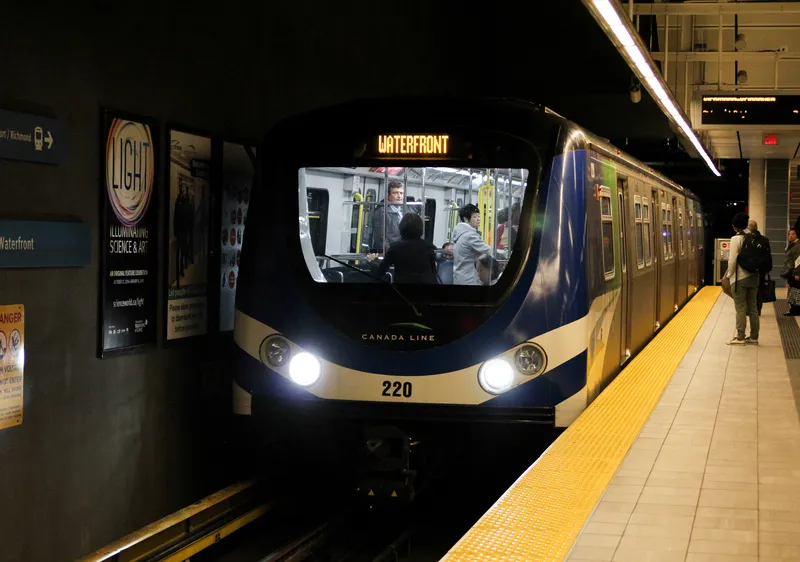Infrastructure firm AECOM has been selected to provide technical advisory services on the Hurontario light rail transit (LRT) projects in Mississauga and Brampton and the Hamilton LRT project in Hamilton, Canada, for Government of Ontario agency Metrolinx.
The Hurontario and Hamilton LRT projects are part of the largest infrastructure investment in Ontario’s history and are expected to have a notable impact on regional transit by providing crucial links between many of the existing lines, as well as on t
April 15, 2016
Read time: 2 mins
Infrastructure firm 3525 AECOM has been selected to provide technical advisory services on the Hurontario light rail transit (LRT) projects in Mississauga and Brampton and the Hamilton LRT project in Hamilton, Canada, for Government of Ontario agency 6394 Metrolinx.
The Hurontario and Hamilton LRT projects are part of the largest infrastructure investment in Ontario’s history and are expected to have a notable impact on regional transit by providing crucial links between many of the existing lines, as well as on the local economy, by creating jobs and attracting more investments in the area. The seven-year contract has a US$70 million (CA$100 million) aggregate maximum value.
The Hurontario LRT project will consist of 20 kilometres (12 miles) of new light rail installation along Hurontario Street from Port Credit GO Station to Brampton Gateway Terminal, with 22 stops and a maintenance storage facility. The Hamilton LRT project will include approximately 13 kilometres (8 miles) of new light rail that will connect McMaster University through downtown Hamilton to Queenston Circle as well as a connection to the West Harbour GO Station and potentially the waterfront. The project also includes a high-order pedestrian connection to the Hamilton GO Centre Station and a maintenance and storage facility.
AECOM will lead the development of the reference concept designs, project-specific output specifications and related design and planning activities; provide assistance with the alternative financing and procurement request for quotation/request for proposal development and related in-market support; and support the construction and implementation phases providing technical compliance oversight and acting in an associated advisory role.
The Hurontario and Hamilton LRT projects are part of the largest infrastructure investment in Ontario’s history and are expected to have a notable impact on regional transit by providing crucial links between many of the existing lines, as well as on the local economy, by creating jobs and attracting more investments in the area. The seven-year contract has a US$70 million (CA$100 million) aggregate maximum value.
The Hurontario LRT project will consist of 20 kilometres (12 miles) of new light rail installation along Hurontario Street from Port Credit GO Station to Brampton Gateway Terminal, with 22 stops and a maintenance storage facility. The Hamilton LRT project will include approximately 13 kilometres (8 miles) of new light rail that will connect McMaster University through downtown Hamilton to Queenston Circle as well as a connection to the West Harbour GO Station and potentially the waterfront. The project also includes a high-order pedestrian connection to the Hamilton GO Centre Station and a maintenance and storage facility.
AECOM will lead the development of the reference concept designs, project-specific output specifications and related design and planning activities; provide assistance with the alternative financing and procurement request for quotation/request for proposal development and related in-market support; and support the construction and implementation phases providing technical compliance oversight and acting in an associated advisory role.








